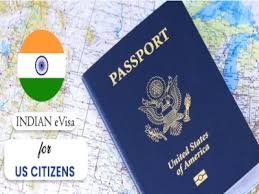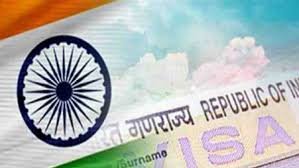
How to Apply for an Indian Visa from Zimbabwe and Brazil
Traveling to India from Zimbabwe or Brazil requires obtaining the appropriate visa before your journey. Whether you’re visiting for tourism, business, or medical purposes, knowing the right visa and application process is key to ensuring a smooth trip. In this blog post, we will guide Zimbabwean and Brazilian citizens on how to apply for an…















